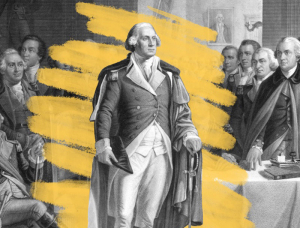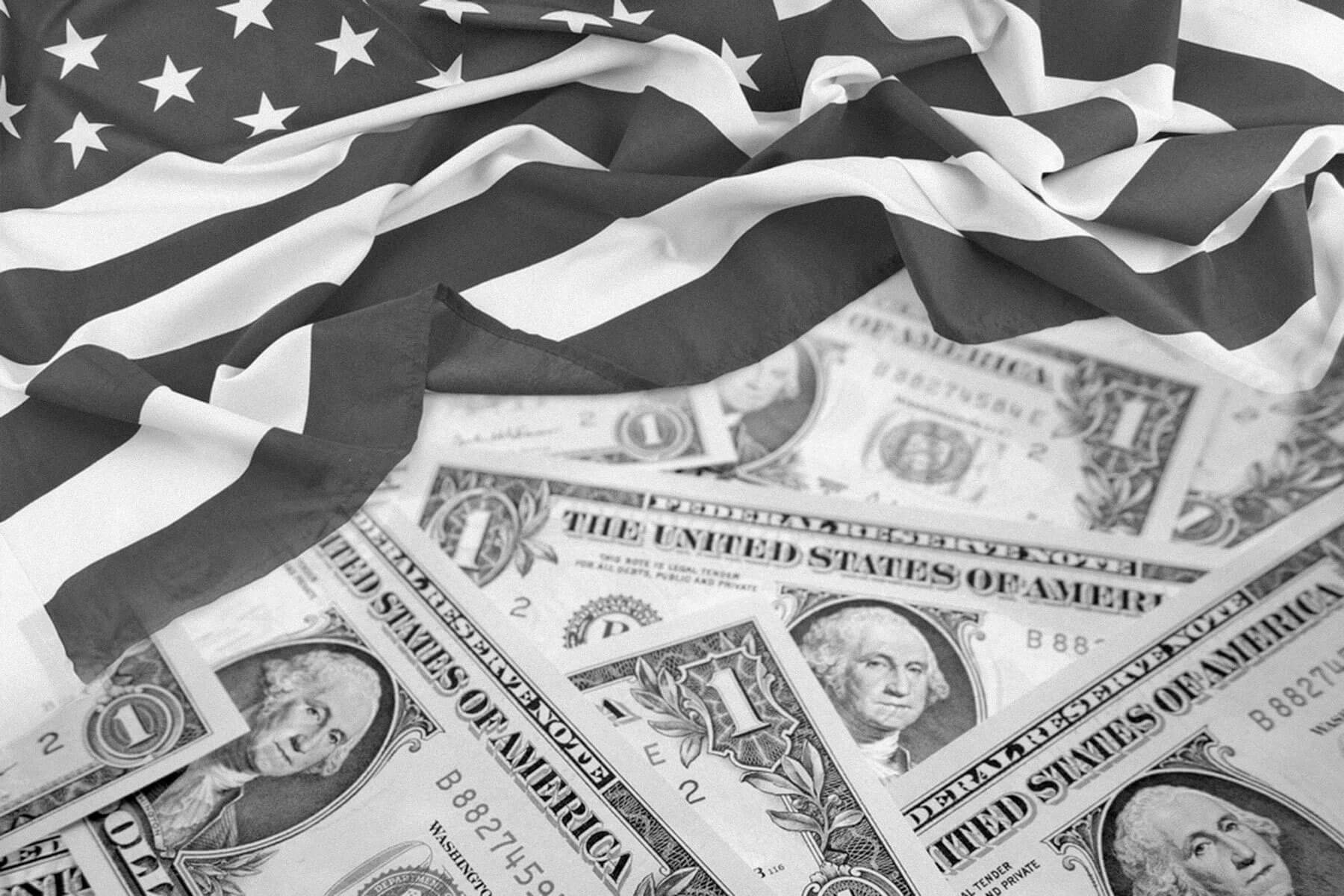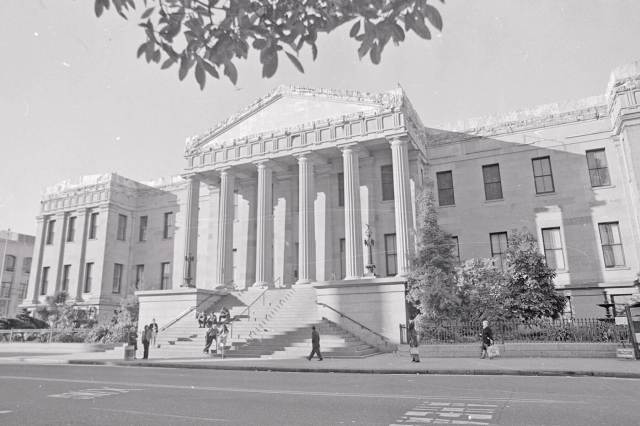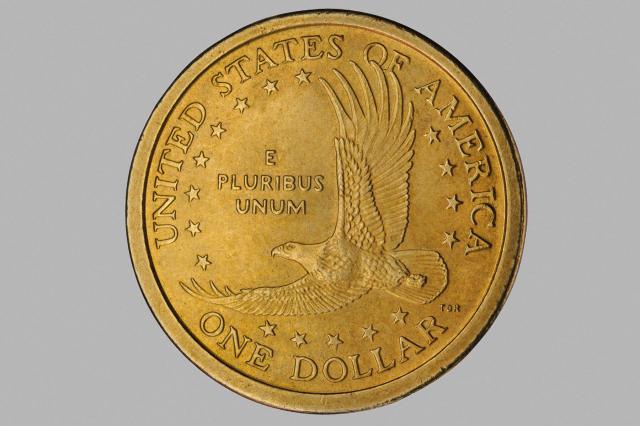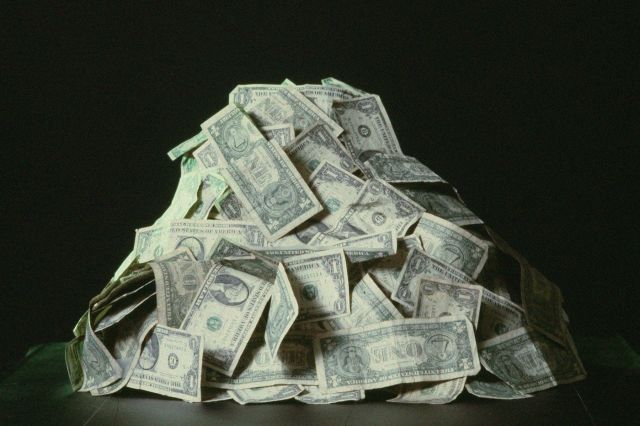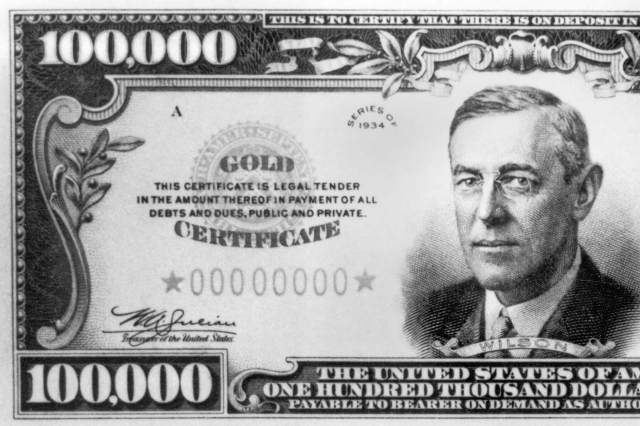5 Things You Never Knew About U.S. Currency
Tracing the development of a nation’s currency can provide a unique glimpse into the nation itself. But currency is complicated — its history often defies a simple straight-line narrative, and there are countless technicalities along the way that threaten to glaze over the eyes of anyone without a degree in economics. So let’s take a look at some of the most interesting moments in the history of U.S. currency, and leave the rest to the economists.

The First National Bills Were Called “Continentals”
The first national paper currency for what would become the United States of America was issued by the Continental Congress in 1775. Known as Continental currency, it was intended as a way to fund the Revolutionary War. Though the currency started strong, a lack of adequate revenue sources (and mismanagement by the government) resulted in its quick depreciation. To make matters worse, Great Britain counterfeited the 1777 and 1778 issues of Continental currency in an act of wartime economic sabotage, and did so to such an extent that Congress was forced to recall both printings. As the currency’s value continued to plummet, Congress stopped printing new Continentals altogether in 1779; though the bills continued to circulate, they were worth only 1% of their face value by 1781.


